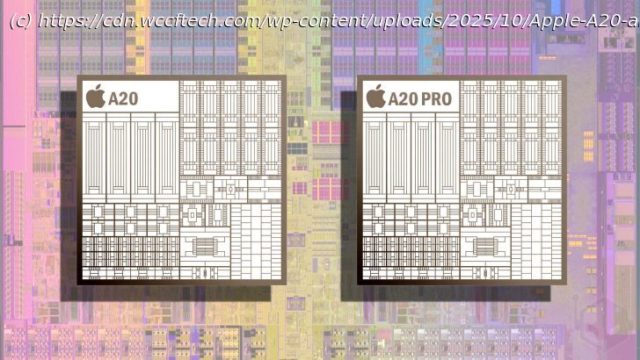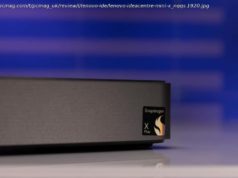The iPhone 18 series launching next year will feature the A20 and A20 Pro, and here is everything you need to know about these two 2nm chipsets
The A19 and A19 Pro were Apple’s last 3nm chipsets for the iPhone lineup, as the company has set its sights on the A20 and A20 Pro next year, making it the first time that we will witness SoCs designed on TSMC’s 2nm process in action. Apart from sporting the next-generation lithography, both silicon will also adopt newer packaging that will offer a bevy of advantages when Apple announces the iPhone 18 family. Here is everything you need to know about the A20 and A20 Pro.A brief look at TSMC’s 2nm ‘N2’ node and how it stacks up against the older 3nm ‘N3E’ and 3nm ‘N3P’ processes
As TSMC begins 2nm wafer production, earlier reports have stated that two of its local plants are already sold out and operating at maximum levels, with Apple having secured more than half of the initial capacity to keep rivals like Qualcomm and MediaTek at bay. Naturally, there must be some improvements to this lithography that has the trillion-dollar giant wanting a first crack at it, and there definitely is.
Unfortunately, there are currently no comparisons with TSMC’s newest 3nm ‘N3P’ process, but since the latter is just an optical shrink compared to the 3nm ‘N3E’ variant, the differences between the two technologies are more or less negligible. Compared to the N3E node, TSMC’s 2nm process offers the following.
10-15 percent higher performance at the same power consumption
25-30 percent lower power consumption at the same performance level
15 percent or more increase in transistor density for the same power and performance
There were rumors claiming that Qualcomm would have an edge over Apple as it would gravitate to TSMC’s more advanced 2nm ‘N2P’ process for the Snapdragon 8 Elite Gen 6, but those claims have been buried by a tipster, confirming that all SoCs will utilize the N2 node next year.






